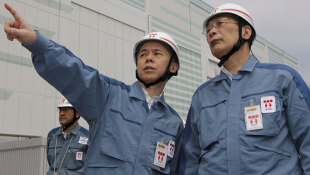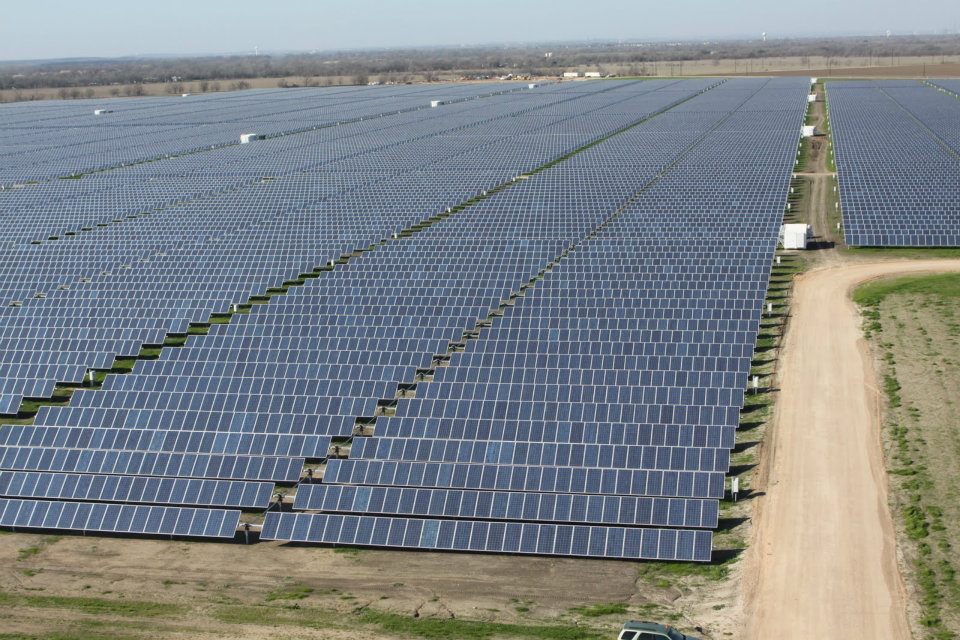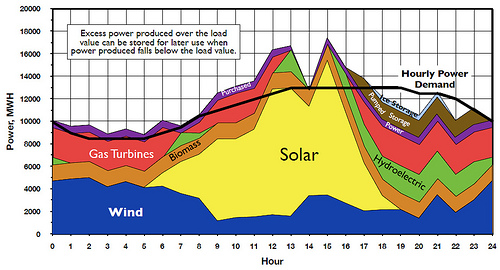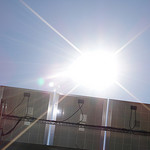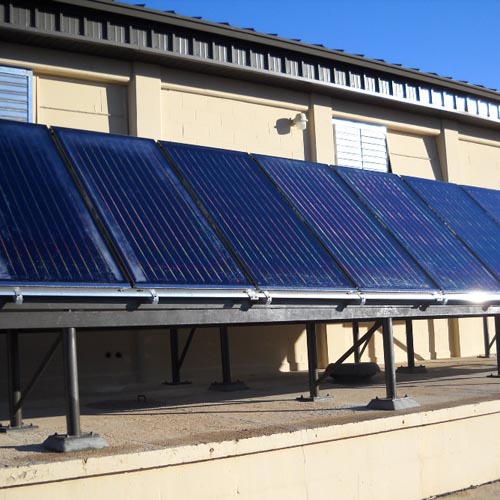 Since our coverage of the Southern Company (SO) shareholders meeting in May, SO CEO Thomas A. Fanning has started his own YouTube video series, “Why Energy Matters to You”, in which he tries to head off a real energy policy by advocating SO’s nuclear and coal strategy instead.
Since our coverage of the Southern Company (SO) shareholders meeting in May, SO CEO Thomas A. Fanning has started his own YouTube video series, “Why Energy Matters to You”, in which he tries to head off a real energy policy by advocating SO’s nuclear and coal strategy instead.
SO PR 28 June 2012, Southern Company Chairman Launches CEO Social Media Video Series,
Southern Company SO today unveiled the first in a series of CEO Web videos examining issues critical to the electric utility industry. The video series, “Why Energy Matters to You,” is available on YouTube and features Southern Company Chairman, President and CEO Thomas A. Fanning. Fanning announced the Web series during an appearance at the 2012 Aspen Ideas Festival in Aspen, Colo.
Here are his two episodes so far. His theme:
“I believe that every American deserves a supply of clean, safe, reliable, and affordable energy.”
Who could argue with that? It’s just SO’s ideas of how to do it that provoke some argument.
Here’s Part 1 of 2:
Why Energy Matters to You —Thomas A. Fanning Part 1 of 2
His question:
“How can better energy create more economic freedom for the American people?”
His answer is in Part 2 of 2:
Continue reading
